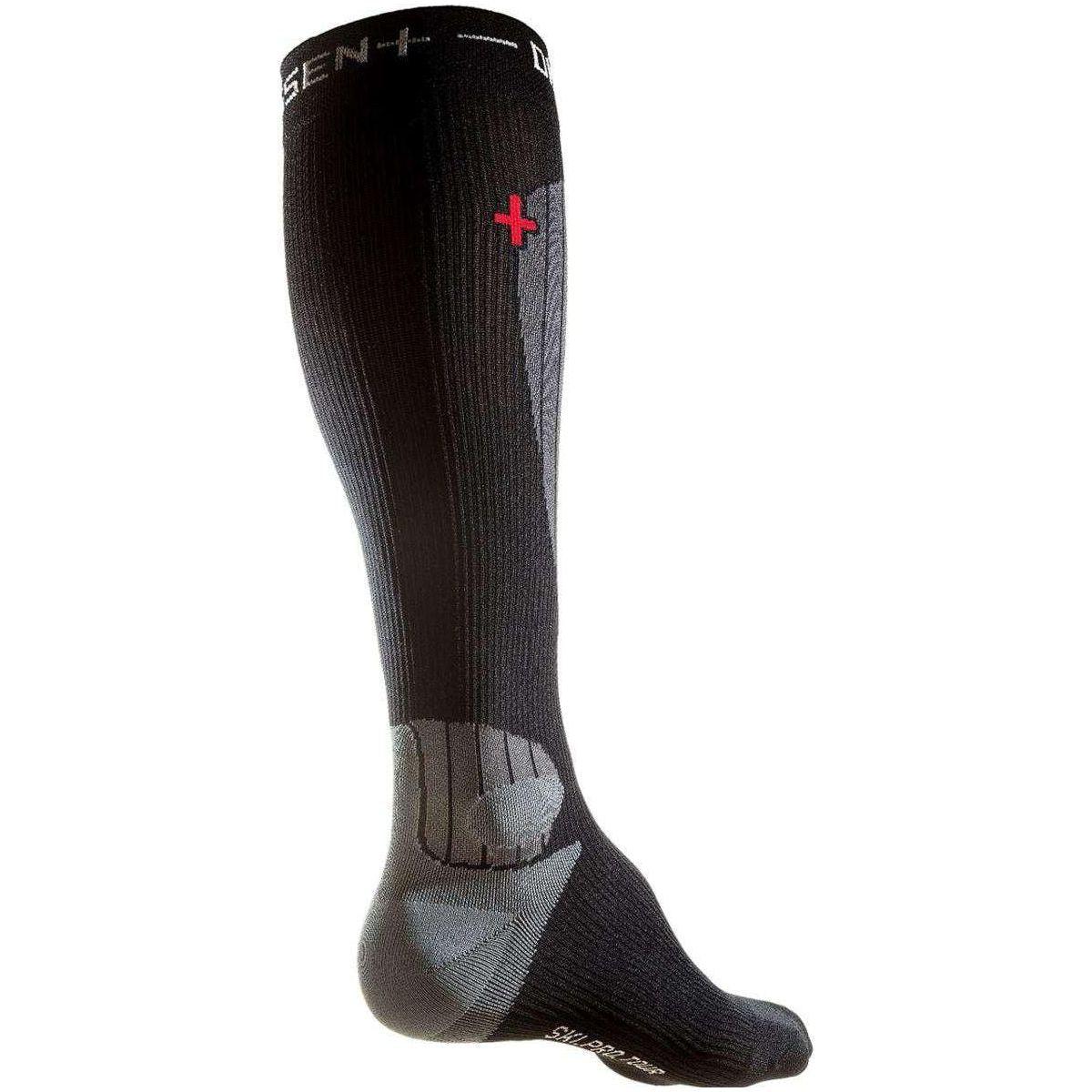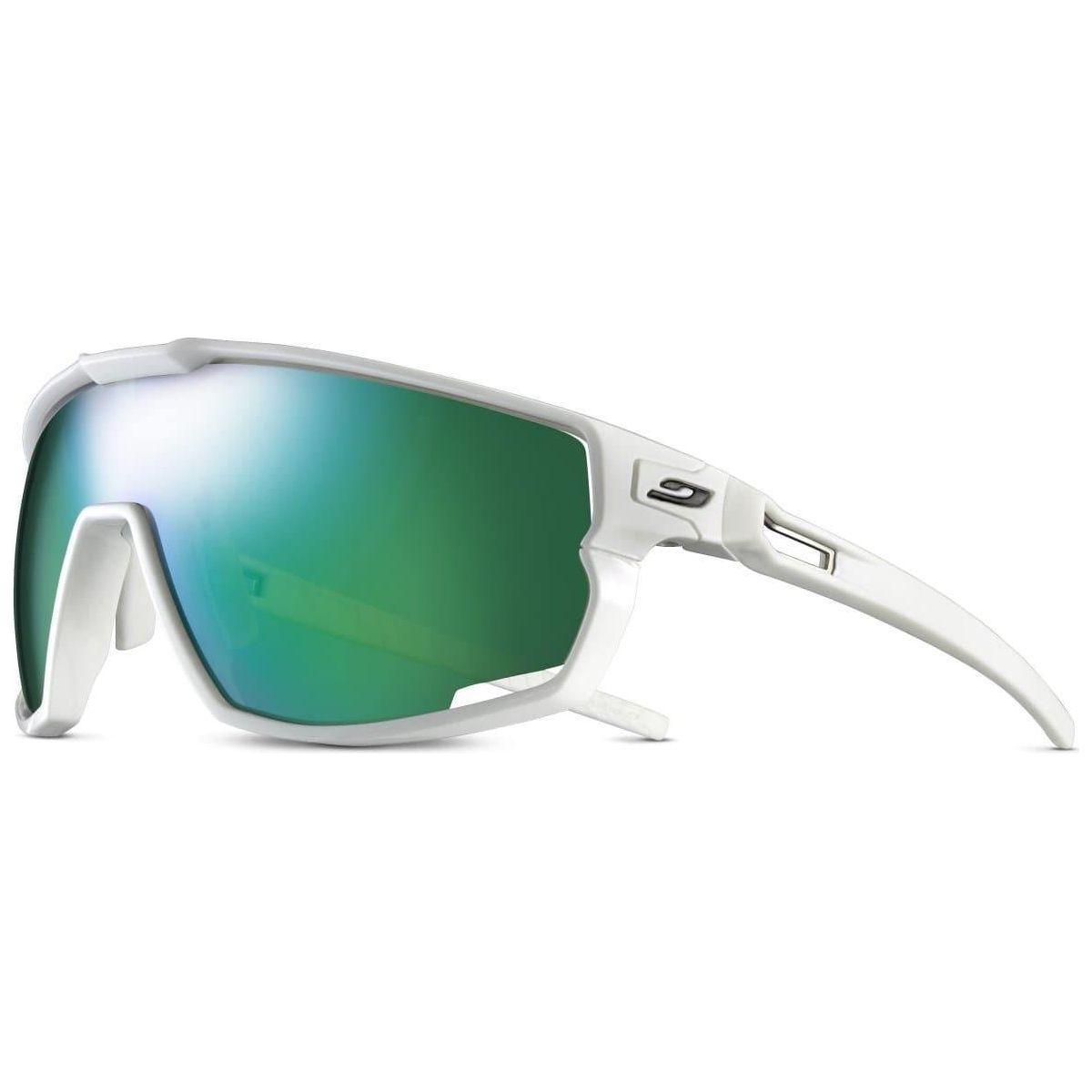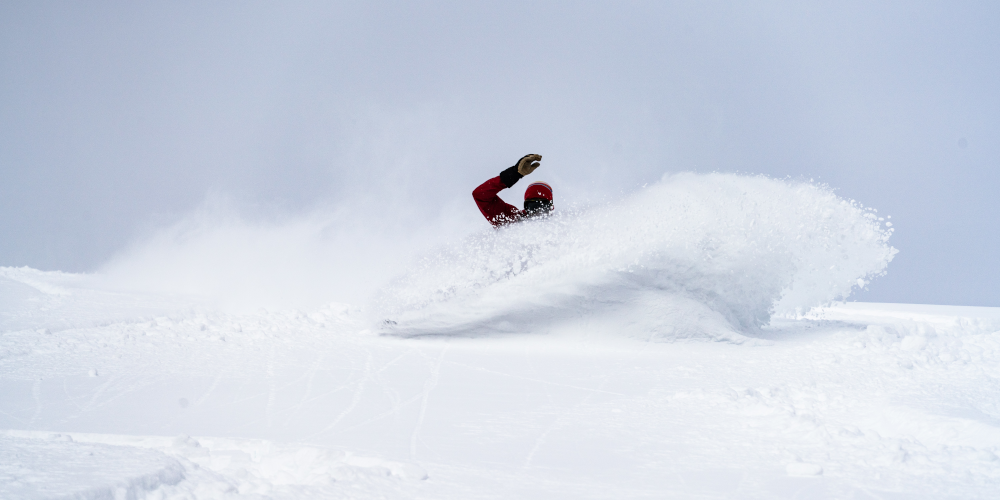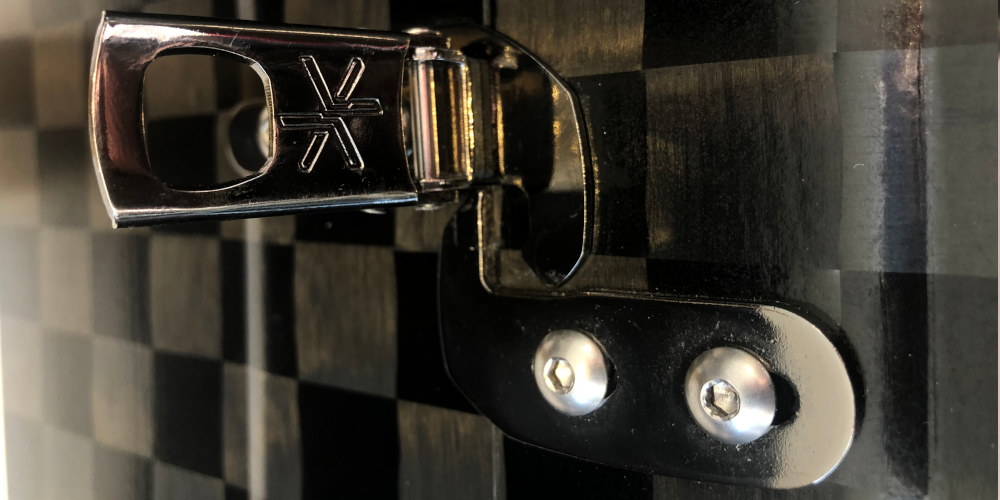From DIY kits to sketchy constructions, Splitboarding has had its difficulties in the past. Here are 5 upgrades that make your life easier when riding in the backcountry.
Lets face it, the more time you spend in the backcountry, the more you appreciate quality gear. Not only does it enhance your look, but it can make your life a lot easier when things don't go to plan. If you're looking to bring your splitboarding to the next level, check out some upgrades that will make your next tour a little smoother.
1. Tip + Tail Clips
Splitboarders no longer have to hold their breath when dropping in to rough snow conditions wondering when, not if, their tip connection will chatter loose. This season Karakoram and Spark R & D have released new tip/tail clips designs to address previous flaws. Karakoram's “tip-lock” uses a cam lever to hold the clip in place, while Spark has opted for progressively tighter notches to dial in the connection. Either way you can’t go wrong. This hardware is a small investment that leads to a big improvement and increased confidence on the down.
When your board's connection is solid, there are many smiles to be had
2. Karakoram Ultraclips
Having a split that rides the same as a solid resort board is the ultimate goal in backcountry performance. To achieve this, nearly every splitboard hardware manufacturer has been hard at work engineering a stronger connection for the two board halves. Spark R & D recently released their Crossbar Clips that creates a confidence-inspiring split connection and a more responsive ride. The Karakoram Ultraclips are a vast improvement over standard clips by utilizing a cam lever that “actively joins” the two board pieces together in a reliable and easy to use design. This eliminates their previous latch design which was known for poor tolerances and incessant rattling on the skin track. Colorado based Phantom used the K.I.S.S design principle when developing their lightweight Hercules Hooks that provide a fast, simple, and secure connection with no moving parts, genius!
Adjustable Karakoram Ultraclips make all the difference with a more 'active' connection
3. Bindings
Bindings are the heart of splitboarding and have seen rapid advancement in recent years. Spark R & D developed their now proven T1 system a few years ago, but didn’t stop there and have constantly made refinements based on customer feedback and emerging technology. Items like the lightweight yet durable Pillow Line Straps or the easier to engage “Whammy” riser bar make great affordable upgrades for current users who missed out on this tech a few seasons ago. For the 2018 season, Karakoram released an update to the Prime binding interface with “Ride Mode 2.0”. The revised bindings deliver easier transitions, a stronger connection, and increased resilience against icy buildup. Riders using an aging Voile setup or one of the previous design iterations from Spark or Karakoram should take a serious look at investing in one of the options from this latest crop of bindings.
4. Skins
Minus some minor specifications in material and glue, skins are skins...unless they’re Pomoca. Pomoca skins do not use traditional gloppy glue so the days of parking lot skin tug-o-war are over. They stick to your board and are quick and easy to remove when it’s time to drop in, all while providing the grip and glide you need. Additionally, they are lower volume than most of the competition, making them easier to stuff away and leaving more space in your pack. It’s no wonder why Jeremy and the discerning crew at Jones turned to Pomoca to outsource the manufacturing of the Jones line of splitboard skins. These skins do end up on the high end of price comparisons, but we feel the extra $10 to $20 are well worth it for these durable, easy to use and care for skins. Pomoca and Jones skins are great choices whether you’re shopping for your first set or ready to retire a pair after a few seasons of rock damage, stream crossings, and bad glue.
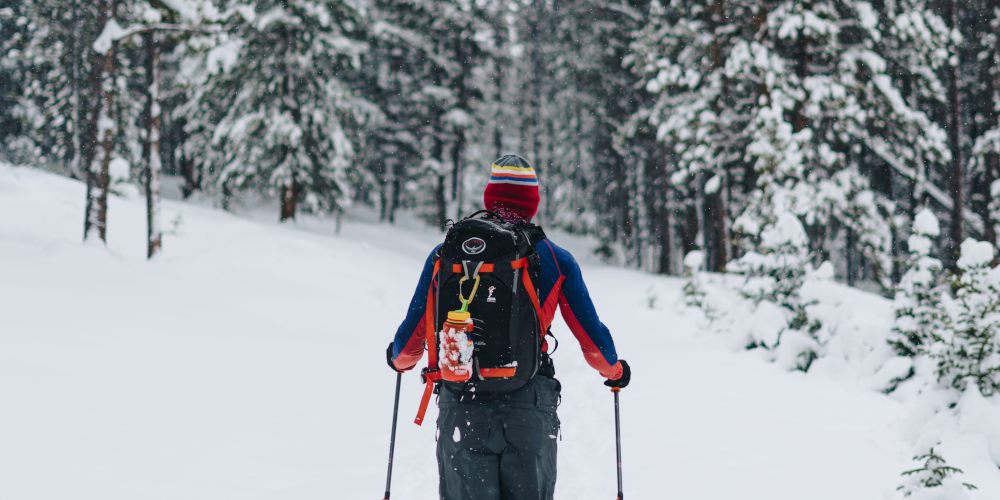
Spend less time worrying about skins, and more time enjoying the view
5. Radios
Ok, radios are not splitboarder specific, but all backcountry users can benefit from better communication. “Inter-group communication is just as important to avalanche safety as is your beacon or airbag,” according to Wild Snow founder and ski mountaineering legend Lou Dawson. Backcountry Access first released their Link Radios in 2013 and they instantly became the gold standard. The Link radios improve backcountry safety with hassle-free group communication whether skiing pitches, navigating in harsh weather, or skinning up complex terrain. New for this season is the BCA Link 2.0 which are not only smaller and lighter but also feature double the transmitting power and improved durability (no more frustration with the mic unit attachment randomly coming unplugged!). Compatible with the original Link, along with other FRS GMRS radios, and easily recharged on the drive to the trailhead via micro-USB, the Link 2.0 is a no brainer.
- Evan Green @thegreenevan (Cripple Creek Team Member) -
- Photo Credit: Lio DelPiccolo -


